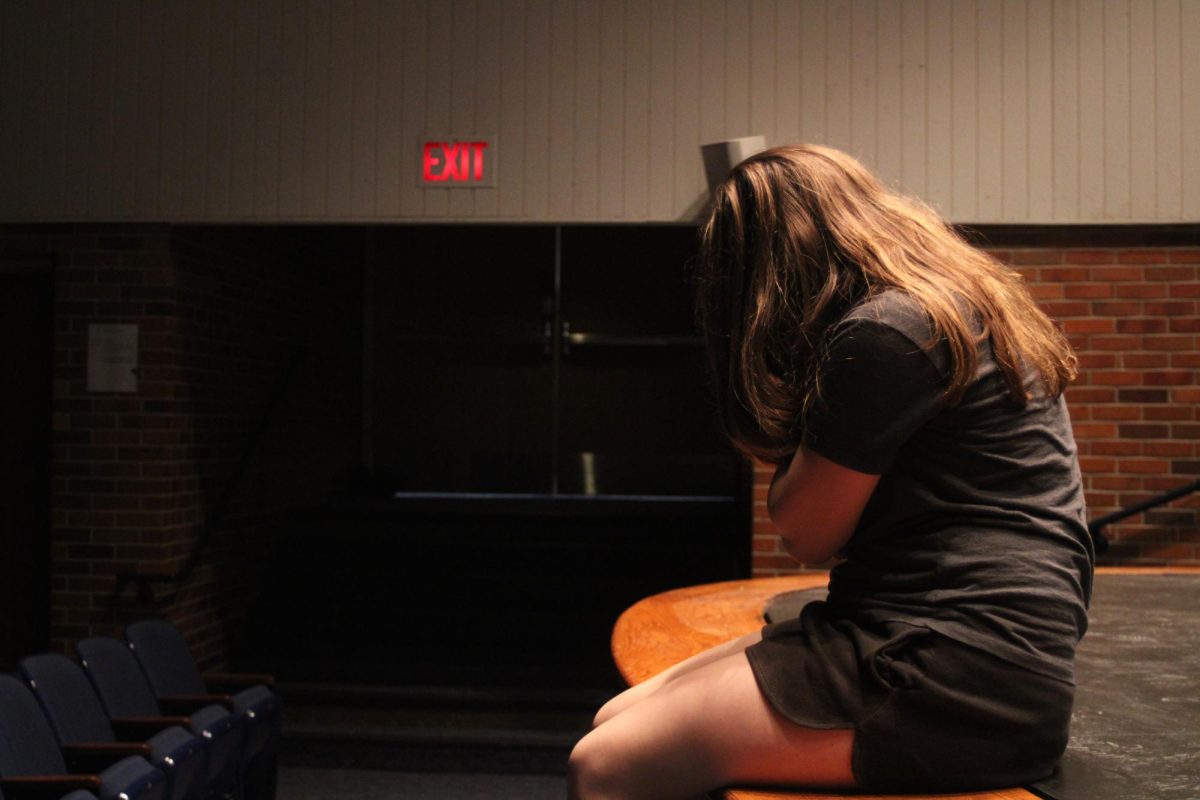“What did I do wrong?” “Was I not good enough?” “Why didn’t I prepare enough?” After getting cut from the volleyball team, these questions swirled through sophomore Haniah Mohammed’s mind on the car ride home. Full of disappointment, she began to question her skills and effort.
“After [being cut], I did not want to go near a volleyball again,” Mohammed said. “I [thought] people were going to make fun of me because I did not make [the team].”
Mohammed is not the only student at South to experience not making the cut. According to an Oracle survey of 373 students, 39 percent of students who participate in extracurriculars have been cut from an activity at South. In other words, 39 percent of students who are passionate about an activity were not given the opportunity to participate in the extracurriculars they wanted to at our school.
If South wants to promote inclusivity as a pillar of our school’s values, we need to extend that inclusivity to extracurriculars; it cannot exist only in the classroom.
Orchesis, the no-cut dance club at South, is a prime example of this inclusivity, Elizabeth Nestos, De La Cru sponsor and former Orchesis sponsor, said.
“I loved that Orchesis was [no-cut],” Nestos said. “That element of being a sponsor of [Orchesis], the kind of club that can take beginners all the way up to advanced because we can design dances for all levels. So that was- I loved the no cut.
The reality of competition in extracurricular activities means that people who don’t make the cut feel like they are falling behind their peers. Mohammed felt disconnected from her friends after finding out they made the team and she would not be there.
“It wasn’t even knowing that [my friends] were more talented than me, it was knowing that they were going to have memories together [without me],” Mohammed said. “Being on a sports team is not just about playing. Knowing that [my friends on the team] would get close made me feel left out.”
Out of the 50 to 60 students who try out for De Le Cru every year, the hip-hop dance group at South, this year, only eight students got accepted, Nestos said.
“In order to maintain the quality and the reputation of [De La Cru], [we] cannot accept just anyone,” Nestos said. “We have to have cuts, and that’s hard. I don’t like that part of [tryouts].”
Cuts are also a regularity in the Drama Department. During her freshman year, sophomore Ema Lovric was excited to participate in theater because she had discovered her passion for it in seventh grade. After auditioning for the fall play, she was struck with the competition at South when she saw her name missing from the cast list.
“I went in with very low expectations,” Lovric said. “But I know other people who really wanted [to participate] and got hurt when they got [cut].”
For Mark Maranto, Assistant Principal for Student Activities, limited spots in an activity are a sad reality of a large school with over 3,100 students, as there are a finite number of sponsors, spaces, and resources in the school.
“We are at a critical point in our school where there is a growing student population and we are constantly running up against [the limited] space in the building,” Maranto said. “What makes [South] such an exciting place is the many different ethnicities, religions, and cultures that all come together, yet the reality is the building is only so big, so it is a complicated puzzle to try to make it all work.”
Cuts at South are upsetting for Maranto because they limit the choices open to students in order to maintain a certain level of quality.
“Not everybody can make a team, and not everyone can make a show because it is competitive [at South],” Maranto said. “It hurts my heart because I want [every student] to have experiences and opportunities [open to them].”









